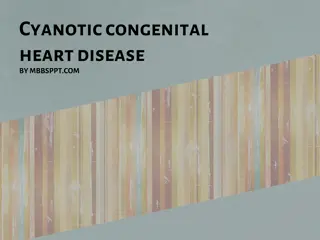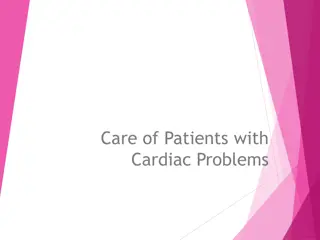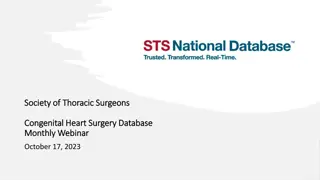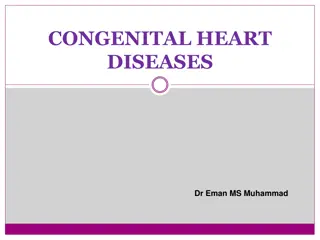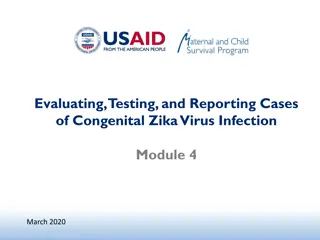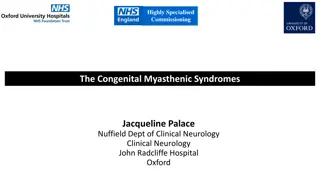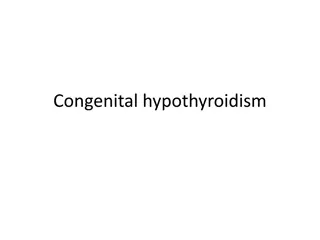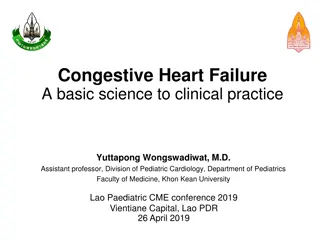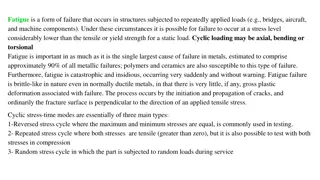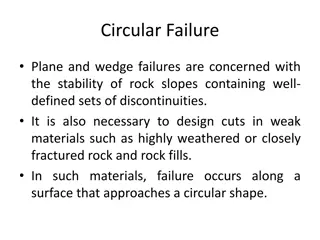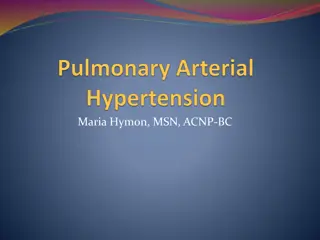Understanding Heart Failure and Congenital Heart Diseases
Heart failure is a condition where the heart struggles to pump blood efficiently, leading to various complications. It can affect different sides of the heart, with causes ranging from coronary artery disease to valve problems. Congenital heart diseases, on the other hand, are common anomalies present at birth, influenced by genetic and environmental factors. Left-to-Right shunts, such as atrial septal defects and ventricular septal defects, are examples of abnormal blood flow patterns. Recognizing these conditions early is crucial for proper management and treatment.
Download Presentation

Please find below an Image/Link to download the presentation.
The content on the website is provided AS IS for your information and personal use only. It may not be sold, licensed, or shared on other websites without obtaining consent from the author. Download presentation by click this link. If you encounter any issues during the download, it is possible that the publisher has removed the file from their server.
E N D
Presentation Transcript
Heart Failure: The heart is unable to pump blood at a rate that meets the requirements of metabolizing tissues. The failing heart cannot pump blood delivered to it by venous circulation. In adequate cardiac output always accompanied by increased congestion in the venous circulation.
Heart failure can affect left side, right side or both sides. The most common causes of left-sided heart failure are: 1- IHD 2- Systemic hypertension 3-Mitral or aortic valve disease, symptoms are related to pulmonary congestion and edema.
The most common causes of right sided heart failure is pulmonary hypertension associated to peripheral edema and visceral congestion especially liver producing congestive hepatomegaly which on cut section producing a pattern called nutmeg liver in which there is red congested nodules surrounded by pale areas at the periphery of the lobule.
Congenital Heart Disease Are the most common forms of congenital anomalies, occur in about 8 in 1000 live birth. Genetic factors play an important role in some cases as in trisomies 13, 14, 18 and 21, while in others pure environmental factors play an important role such as congenital rubella infection. 90% of the cases the cause is unknown thought to be due to multifactorial inheritance.
Left-to-Right Shunts: In which there is abnormal communication permitting blood to flow from left to right cardiac chambers. Cyanosis is a late sign. They include: Atrial septal defect (ASD).
Patent (persistent) ductus arteriosus (PDS). The ductus arteriosus is an arterial channel communicating between pulmonary artery and aorta during intrauterine life; it will close shortly after birth
Right-to-left shunts: In which there is abnormal communication permitting blood to flow from right to left cardiac chambers. Cyanosis is an early sign. They include:
Tetralogy of Fallot: It is the most common cause of cyanotic congenital heart disease, it includes VSD, aortic root overrides the VSD, right ventricular outflow obstruction and right ventricular hypertrophy.
Transposition of the great arteries in which the aorta arises from right ventricle and the pulmonary artery arises from the left ventricle
Myocardial Diseases Myocarditis: Is a group of inflammatory processes of the myocardium that results in injury to the cardiac myocytes. It may be primary or secondary to other pathology. The major causes of primary Myocarditis are viral, bacterial and immune-mediated reaction like systemic lupus erythematosus, microscopically the myocardium shows edema and infiltration by lymphocytes.
Pericardial Diseases: Pericarditis: Viral infection is responsible for most of cases. Uremia is the most common systemic disorder associated with Pericarditis.
Morphology: In uremic Pericarditis the exudate tend to be fibrinous (Butter and bread appearance), in bacterial Pericarditis the exudate tend to be fibropurulent. In chronic Pericarditis the appearance varies from delicate adhesions to dense fibrotic adhesion preventing the heart from normal expansion (constrictive Pericarditis).
Pericardial effusion: Is accumulation of fluid in the pericardial space, caused by: - Serous effusion caused by congestive heart failure, hypoalbominemia - Serosanguinouscaused by chest trauma, and malignancy. - Chylouscaused by mediastinal lymphatic obstruction.
Hemopericardium: Is accumulation of pure blood in the pericardial sac caused by ruptured aortic aneurysm, ruptured myocardial infarct and penetrating trauma to the chest. If rapidly accumulate in pericardial sac it will cause cardiac temponade and death.


